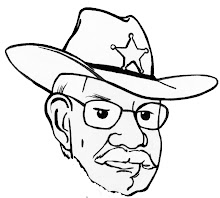Hunters find a partially buried body just off a mountain trail one cold winter afternoon in South Carolina. Because of atmospheric conditions, the body is mummified. Muscle tissue is intact enough to hold the skeletal frame together. Animals and insects have not seriously damaged the remains.
Investigators take photographs and scour the area but come up with no clues. Labels on the victim's clothing had been removed and there's nothing in any of the dead man's pockets.
Dozens of photographs are taken. Files of missing persons reports are checked, but none of the reports lead to identification of the body. Circulars are sent out to law enforcement agencies in the South Carolina Upstate and to border counties in North Carolina and Georgia. There are a few inquiries, but nothing of substance develops.
Desperate for help, the sheriff calls the state's premier forensic pathologist in Charleston. In spite of being overwhelmed with police requests for autopsies, the doctor makes the drive from Charleston to the Upstate to see if he could help advance the sheriff's investigation.
The doctor makes the arduous climb up the side of the mountain to the crime scene. Once there he examines the corpse under difficult field conditions.
"We'd better bag this fellow up and take him to Charleston to see if we can find out who he is," the doctor says.
This case happened decades ago. Specialized training for local law enforcement was in its infancy. The idea of a police academy had not yet been considered.
A deputy sheriff is stunned by doc's remark. With little appreciation for possible benefits of an examination in a forensic lab, the deputy challenges the doctor:
"How in the heck do you expect anybody in the Lowcountry to know who this guy is if nobody here in the Upstate knows who he is?"





No comments:
Post a Comment